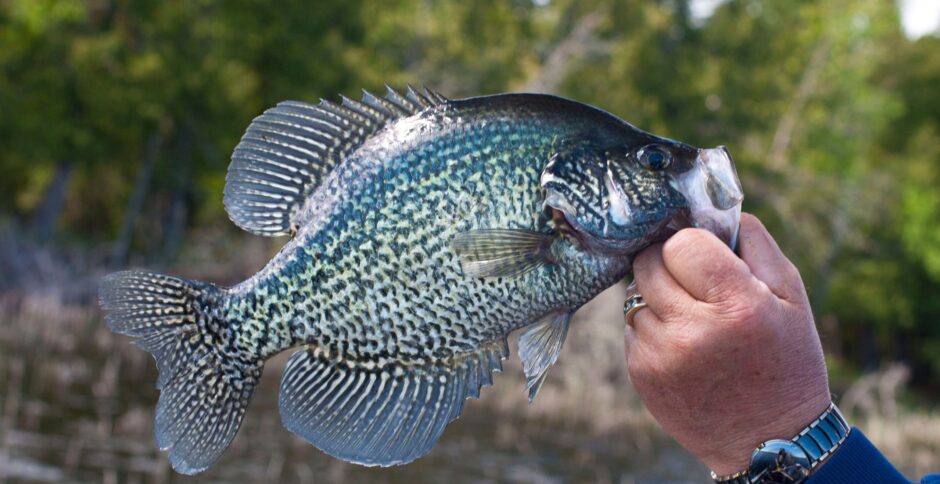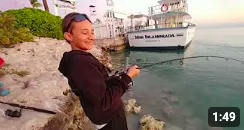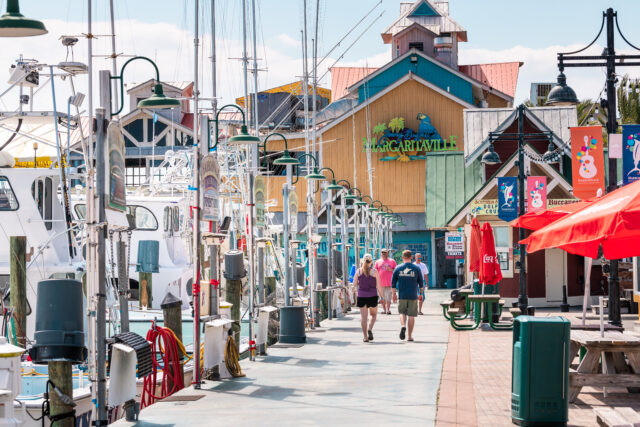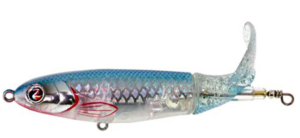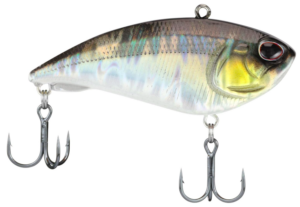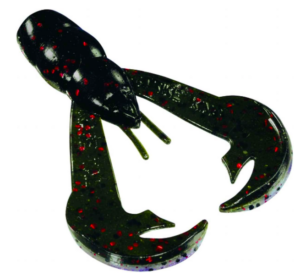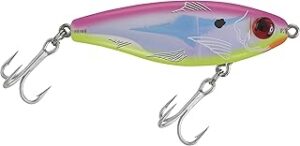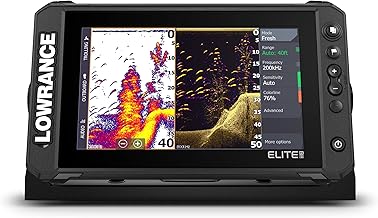Cold Fronts
Cold fronts will almost always push fish deeper. During the spring when crappie are moving into the shallows to spawn, a cold front will push crappie back into the creek channels off of secondary points and just off of the first drop-off. Crappie may move from just a couple feet of water to 8 to 16 feet deep while they wait for the next warm front to move through. During the summer, a cold front will usually shut them down for a day or so and push them into some deeper water. A few days after the cold front, crappie fishing should pick back up and you may even see good numbers of crappie following bait fish into the shallows. When the next warm spell comes through, the bigger crappie will most likely head back into deeper water for the cooler water temperatures.
During the fall, a cold front may slow the bite down for a day or so, but the cooler weather can actually trigger a good crappie bite. As waters cool down during the fall, crappie will school up big time and put the feed on before winter arrives. The initial cold front may end up pushing some fish deeper and live bait may be the only way to get consistent bites, but once the weather stabilizes, expect to find some hungry crappie schooled up anywhere from 12 to 30 feet deep around bait fish.
Warm Fronts
In the spring, warm fronts are your best friend. The warmer weather helps kickstart the annual crappie spawn, which is by far the easiest time of year to catch big numbers of quality-sized crappie. Once the spawn is over, the warmer weather will push these fish deeper. Crappie prefer to be in deeper water. Whether it’s a warm front in the summer or fall, it doesn’t make too much of a difference for the fishing except that fishing is usually more consistent during a warm front than a cold front.
[wpinsertshortcodead id="phdbx5f8dae2fc56be"]
